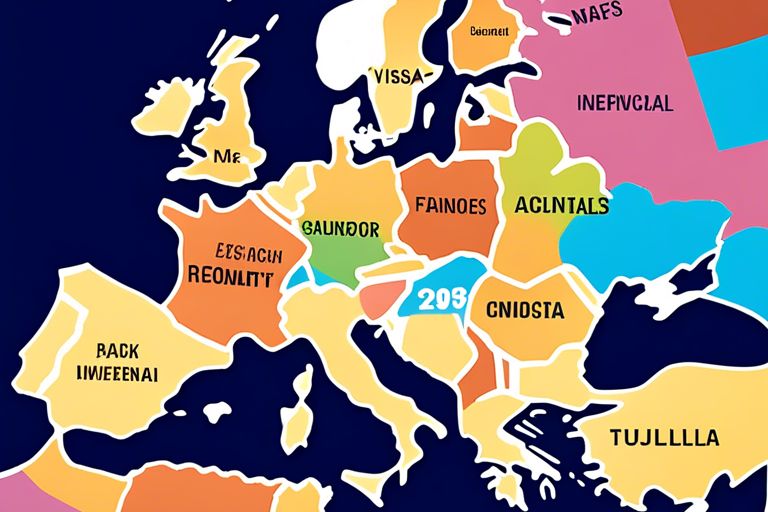
Why Is Europe Requiring Visas In 2024
Why Is Europe Requiring Visas In 2024
Why Is Europe Requiring Visas In 2024? This change in visa requirements in Europe starting in 2024 is part of the European Travel Information and Authorization System (ETIAS) implementation. ETIAS is being introduced to strengthen security measures in the Schengen Area, which is made up of 26 European countries that have eliminated passport and immigration controls at their mutual borders.
This new visa regulation is aimed at improving border security and managing the increasing number of tourists visiting Europe. The ETIAS visa will be mandatory for travelers from visa-exempt countries who wish to enter the Schengen Area for short stays, including tourism, business, or transit purposes.
By requiring visas through ETIAS, European authorities will be able to pre-screen travelers before they arrive in the Schengen Area. This will allow them to identify any potential security threats or risks, ultimately enhancing the safety of both visitors and European citizens.
The ETIAS visa will also enable European countries to keep track of visitor movements within the Schengen Area more effectively. This will help authorities to better manage immigration flows and ensure that visitors comply with the terms of their visas, reducing the likelihood of overstays and unauthorized activities.
Overall, the decision to require visas in Europe in 2024 is a proactive measure to enhance security, improve border control, and manage the growing number of tourists entering the Schengen Area. Travelers affected by this change should plan ahead and apply for an ETIAS visa well in advance of their intended travel dates to ensure a smooth and hassle-free entry into Europe.
Europe is not requiring visas for U.S. citizens or citizens of most other countries in 2024. However, starting in 2024, the European Union (EU) is introducing a new travel authorization system called the European Travel Information and Authorization System (ETIAS).
ETIAS is not a visa, but rather a travel authorization similar to the Electronic System for Travel Authorization (ESTA) used by the United States. It is designed to enhance security and border management in the Schengen Area, which consists of most EU countries as well as some non-EU countries.
Travelers from visa-exempt countries (including the U.S.) will need to apply for ETIAS authorization online before their trip. The application process involves filling out an online form and paying a small fee. The authorization is typically valid for three years or until the traveler’s passport expires, whichever comes first.
ETIAS is intended to improve security by screening travelers before they enter the Schengen Area, ensuring that those who might pose a security risk are identified and addressed before they travel.